Disclosure: This article contains affiliate links. We may earn a commission from purchases at no extra cost to you, which helps our travel content.
Well, folks, would you believe that one of South America's most charming colonial cities can be experienced for less than what you'd spend on a fancy dinner back home? When I first landed in Sucre—Bolivia's constitutional capital with its gleaming white buildings and terracotta rooftops—I was prepared to stretch my dollars. What I wasn't prepared for was how far those dollars would actually go! After spending a glorious week wandering through cobblestone streets, savoring local flavors, and soaking in views that could grace any travel magazine cover, I've returned with a wallet that's not nearly as empty as it should be and a heart full of memories that feel like they should have cost a fortune. Let me show you how this Midwestern gal managed to experience the magic of Bolivia's 'White City' without breaking the bank—and how you can do the same.
Finding Your Budget-Friendly Home Base
When I first started researching accommodations in Sucre, I nearly fell off my chair—in a good way! The affordability of staying in this UNESCO World Heritage city is nothing short of miraculous for those of us who remember when a decent motel used to cost $25 a night.
I settled on Hostal CasArte Takubamba, paying just $12 a night for a private room with a shared bathroom. Now, don't let the word 'hostal' fool you—this isn't some rowdy backpacker joint. It's a charming colonial house with a sunny courtyard where I'd sip my morning coffee while chatting with fellow travelers from Argentina, Germany, and Australia.
For those who prefer complete privacy, there are numerous guesthouses offering rooms with private bathrooms for $15-20. My friend Barb (who joined me for part of the trip) splurged on one of these and couldn't stop raving about the hot water pressure—apparently a luxury in parts of Bolivia!
If you're really pinching pennies, the dormitory-style accommodations at places like The Celtic Cross or Hostal Pachamama will set you back just $7-9 a night. And honestly? The communal kitchens in these places became my secret weapon for staying under budget. Nothing beats cooking up some local produce while swapping travel tips with a 23-year-old Dutch guy who's been backpacking South America for eight months on what I spend on groceries back in Buffalo.
Before booking anything, I'd recommend downloading the Maps.me app to your phone. Unlike Google Maps, it works offline and shows hostels and guesthouses that aren't always listed on the major booking sites. This little trick saved me countless bolivianos and introduced me to places I'd never have found otherwise.
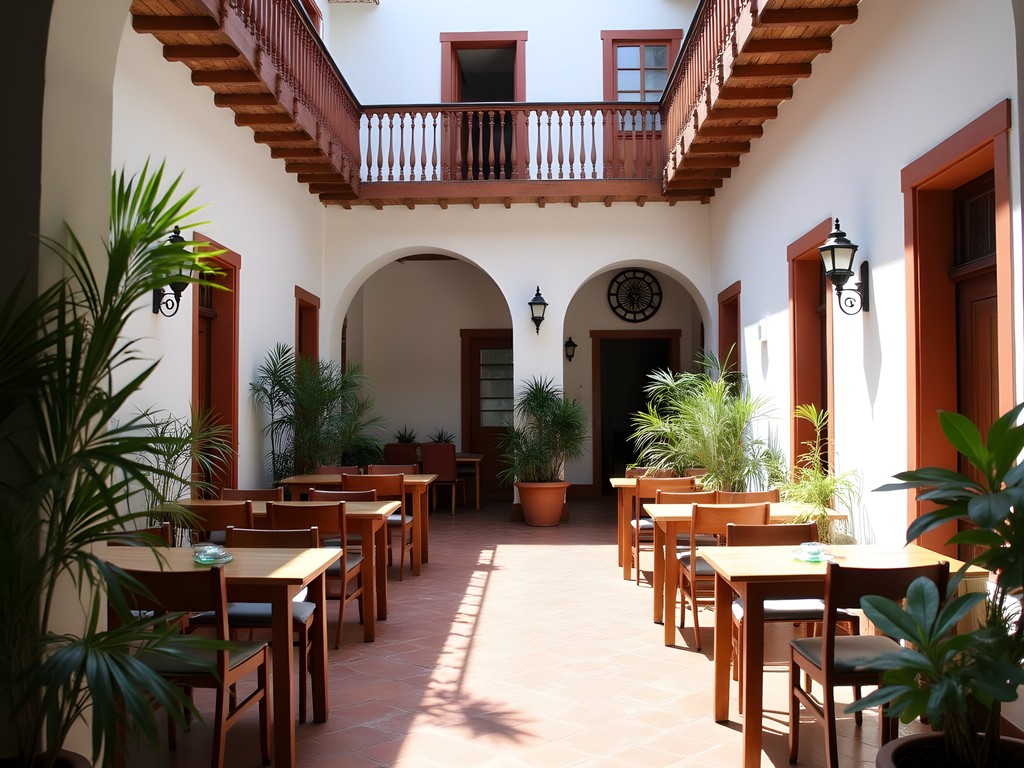
💡 Pro Tips
- Book accommodations for at least 3 nights to negotiate better rates
- Ask about weekly discounts—many places offer 20-30% off for longer stays
- Hostels near Plaza 25 de Mayo are convenient but pricier; walk 5-6 blocks out for better deals
Eating Like a Local (on Pennies!)
Oh my stars, the food in Sucre! If there's one thing this personal shopper knows, it's how to sniff out value, and Bolivian cuisine offers some of the best bang-for-your-buck eating I've experienced in all my travels.
My daily food budget broke down something like this: $2-3 for breakfast, $3-5 for lunch, and $5-8 for dinner. And I never—not once—went hungry.
The secret? The almuerzo, or set lunch, which quickly became my favorite Bolivian tradition. For just 15-20 bolivianos ($2-3), local restaurants serve up a three-course meal: soup, main dish with rice or potatoes, and a small dessert or drink. My favorite spot was Mercado Central, where I'd point at whatever the local women were cooking up in their tiny stalls. Sometimes I had no idea what I was eating, but it was always delicious!
For breakfast, I'd often grab fresh bread and fruit from the market and eat in the plaza, watching the city wake up. A filling breakfast cost me about 10-15 bolivianos ($1.50-2).
Dinner could be as cheap or expensive as I wanted. Some nights, I'd treat myself to a nice restaurant meal for 40-50 bolivianos ($6-7). Other nights, I'd grab salteñas (Bolivia's answer to empanadas) from a street vendor for just 5 bolivianos (less than $1) each.
One evening, I splurged at La Taverne, ordering their famous chorizo and a glass of Bolivian wine. Even this 'extravagance' only set me back about 60 bolivianos ($9).
My top money-saving tip? Carry a collapsible water bottle everywhere. Buying bottled water adds up quickly, and while you shouldn't drink the tap water in Bolivia, many hostels and restaurants offer free filtered water refills. My collapsible bottle saved me money and reduced plastic waste—a win-win in my book!
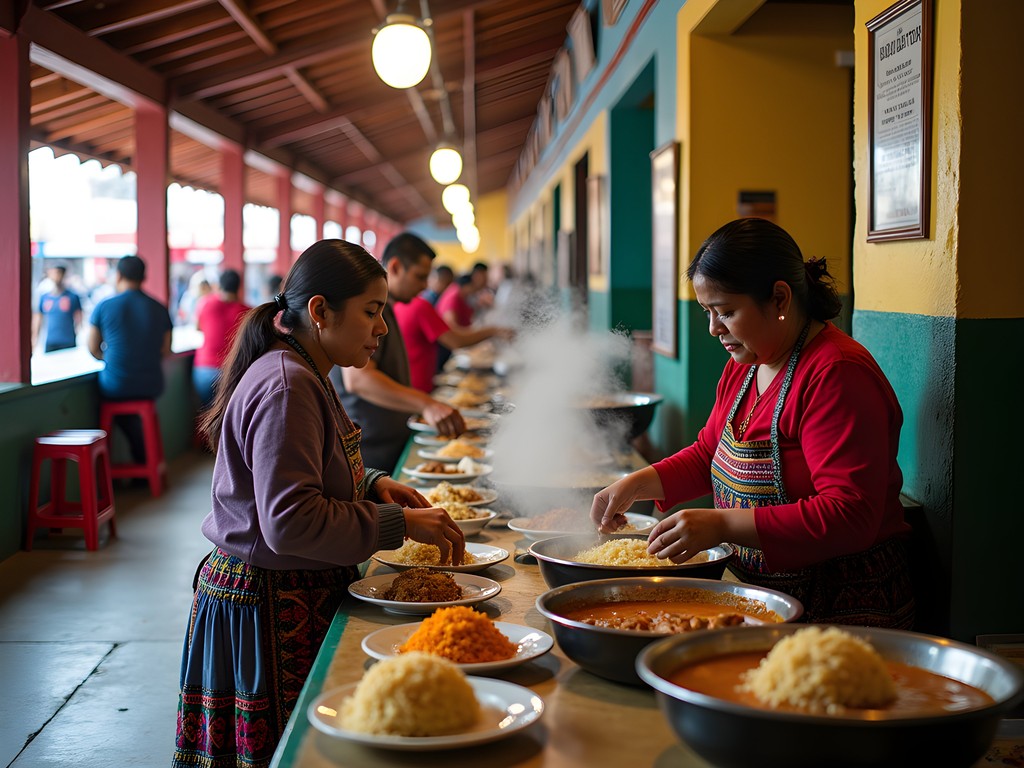
💡 Pro Tips
- Always ask about the 'menú del día' or 'almuerzo'—it's often not on the menu but is the best value
- Eat your main meal at lunch when prices are lower
- Street food is safe if you choose busy stalls where locals are eating
Free and Nearly-Free Attractions
If there's one thing I've learned in my travels, it's that the most memorable experiences rarely come with the highest price tags. Sucre proved this rule spectacularly.
Let's start with the completely free: Plaza 25 de Mayo is the beating heart of Sucre and perfect for people-watching. I spent hours there, admiring the cathedral, watching children chase pigeons, and chatting with locals who were curious about this silver-haired American woman scribbling in her journal. The plaza comes alive on weekend evenings when families promenade and street performers entertain the crowds.
For history buffs, many of Sucre's museums have free days or extremely low entry fees (5-15 bolivianos/$0.75-2). The Museo de la Recoleta, housed in a 400-year-old monastery, charges just 10 bolivianos ($1.50) to see its fascinating collection of religious art and colonial artifacts. The view from its courtyard alone is worth the price!
A highlight of my week was hiking up to La Recoleta viewpoint for sunset. It's a bit of a climb, but watching the white city turn golden as the sun dipped behind the mountains cost me absolutely nothing except some huffing and puffing (note to self: more cardio before the next trip).
For a cultural experience, I visited the Sunday market in Tarabuco, about an hour from Sucre. The bus ticket cost 10 bolivianos ($1.50) each way, and I spent a fascinating day admiring traditional textiles and watching indigenous dances. I did splurge on a small woven bracelet (20 bolivianos/$3) that now reminds me daily of this magical place.
One afternoon, I joined a free walking tour that departed from the central plaza. Our guide, Eduardo, was a university student studying tourism who shared fascinating stories about Sucre's colonial past and revolutionary history. While the tour was technically free, I tipped him 35 bolivianos ($5)—still a bargain for three hours of expert guidance.
To keep track of all these activities and not miss anything, I used my trusty travel journal to plan each day, noting free museum days and local events. There's something about putting pen to paper that helps me organize my thoughts better than any digital app ever could.
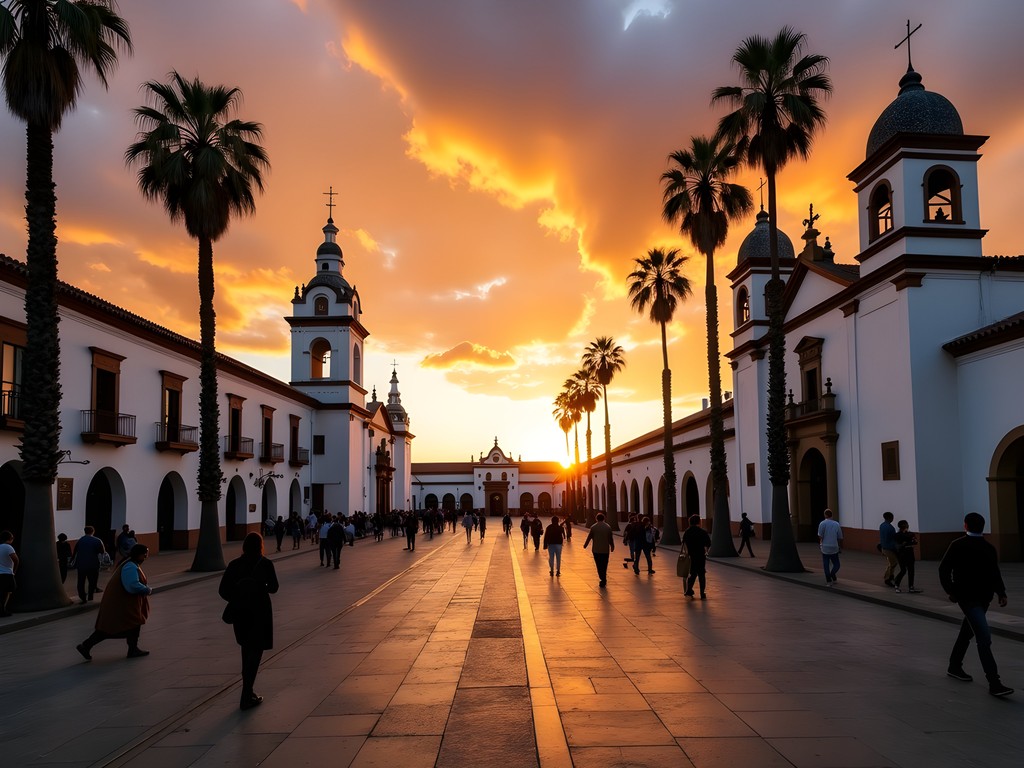
💡 Pro Tips
- Check museum websites for free entry days—usually once a week
- Join free walking tours but budget for a fair tip (30-50 bolivianos)
- Visit churches during non-service hours for free entry to see beautiful colonial architecture
Local Transportation Hacks
Getting around Sucre is refreshingly affordable and straightforward, even for someone like me who still gets turned around in my hometown mall parking lot!
The historic center of Sucre is wonderfully walkable. Most attractions are within a 20-minute stroll of Plaza 25 de Mayo, and the grid layout makes it hard to get truly lost. I averaged about 15,000 steps daily according to my fitness tracker, which meant I could enjoy those extra salteñas guilt-free!
For longer distances, Sucre's micro buses (small vans that function as public transportation) charge just 2 bolivianos (about $0.30) per ride. These little workhorses zip around on set routes identified by numbers on their windshields. The first time I tried to flag one down, I must have looked thoroughly confused because an elderly Bolivian woman gently took my arm and helped me board the correct one. The kindness of strangers is truly a universal language.
Taxis within the city cost 4-10 bolivianos ($0.60-1.50) depending on the distance. Always confirm the price before getting in, as meters are rare. For added safety, especially at night, I used the radio taxi services recommended by my hostel.
For day trips outside the city, like my excursion to Cal Orck'o to see the dinosaur footprints (which, by the way, was absolutely worth the 30 bolivianos/$4.50 entry fee), collective vans leave from specific corners around town. These shared rides cost 5-15 bolivianos ($0.75-2.25) depending on the destination.
One of my best investments was a sturdy daypack that I carried everywhere. It held my water bottle, camera, snacks, and an extra layer for Sucre's sometimes chilly evenings. When you're walking as much as you do in this city, having a comfortable, lightweight bag makes all the difference.
Oh, and here's a quirky tip: if you're staying longer than a few days, consider buying a prepaid SIM card from the company Entel (about 20 bolivianos/$3 for the SIM plus credit). Having maps and translation apps at my fingertips saved me countless times when I was trying to find obscure museums or communicate with non-English speakers.
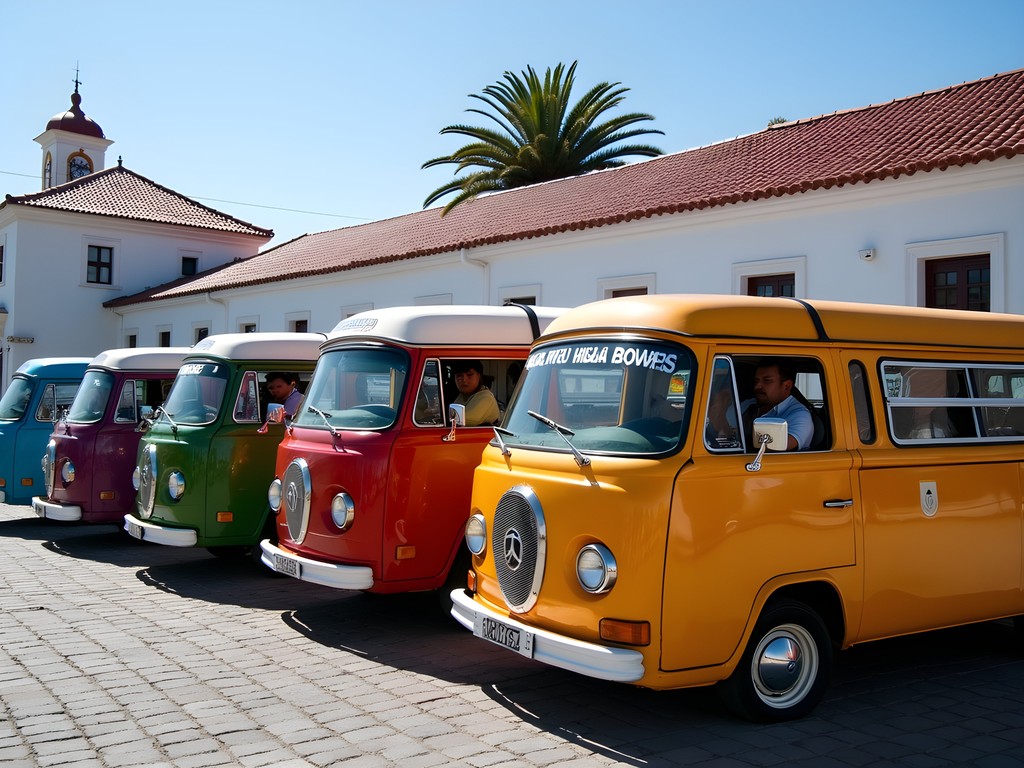
💡 Pro Tips
- Learn the numbers 1-10 in Spanish to help communicate with taxi drivers about fares
- For microbuses, tell the driver where you're going before boarding to make sure it's the right route
- Download an offline map of Sucre—GPS works without data and will save you from getting lost
Language Learning on a Budget
One of Sucre's claims to fame is its abundance of affordable Spanish schools, making it a perfect place to brush up on your language skills without emptying your wallet. As someone who once confidently ordered 'fish bathroom' instead of 'fish soup' in Mexico, I can attest that a little language learning goes a long way!
Sucre is known throughout South America as an ideal place to study Spanish. Schools like Me Gusta Spanish and Sucre Spanish School offer group lessons for as little as $5-7 per hour. Private lessons run about $7-10 per hour—a fraction of what you'd pay in North America or Europe.
I signed up for three days of morning group classes at Fox Language Academy, spending 150 bolivianos ($22) total for six hours of instruction. Our teacher, Claudia, was patient with my mangled pronunciations and had us practicing practical phrases from day one. By the end of my short course, I could confidently order meals, negotiate taxi fares, and make small talk with shopkeepers.
For the ultra-budget conscious, language exchanges are popular in Sucre. Cafés like Metro Café and Joyride Café host informal intercambios where you can practice Spanish with locals who want to improve their English. The only cost is whatever drink you order—usually around 10-15 bolivianos ($1.50-2).
I also discovered that many hostels offer free mini Spanish lessons once or twice a week. These 30-minute sessions typically cover basics like greetings, numbers, and food vocabulary—perfect for absolute beginners.
To supplement my learning, I used the pocket phrasebook I picked up before my trip. Having a physical book let me study during long bus rides and power outages (yes, those happen occasionally in Bolivia). Something about flipping through actual pages helps cement the vocabulary in my brain better than any app.
The investment in even basic Spanish paid dividends throughout my stay. Not only did I receive better service and prices once I attempted to speak the local language, but doors to authentic experiences opened up. My favorite memory? Being invited to join a family's table at the market for lunch after complimenting their child in my broken Spanish. That meal cost 15 bolivianos ($2.25) but the cultural exchange was priceless.

💡 Pro Tips
- Book language classes for mornings when your brain is fresh
- Combine formal classes with language exchanges for practical application
- Learn food-related vocabulary first—it's immediately useful and locals appreciate the effort
Final Thoughts
As my week in Sucre drew to a close, I tallied up my expenses and was genuinely shocked—I'd managed to experience this UNESCO gem for an average of just $28 per day, including everything! Sitting on my final evening in Plaza 25 de Mayo, watching families gather and the cathedral glow in the twilight, I felt that familiar travel satisfaction that has nothing to do with luxury and everything to do with authentic connection.
Sucre proves that meaningful travel doesn't require deep pockets—just curiosity, flexibility, and a willingness to step into the local rhythm. Whether you're stretching retirement savings like me or a young backpacker on a shoestring budget, Bolivia's White City welcomes you with open arms and gentle prices. So go on, book that ticket. This midwestern gal promises you won't regret it—and your wallet will thank you too!
✨ Key Takeaways
- Sucre offers exceptional value with comfortable private rooms from $12-20 per night
- Eating like a local can cost as little as $10-15 per day while enjoying authentic Bolivian cuisine
- The most memorable experiences—colonial architecture, local interactions, stunning viewpoints—are often completely free
- Learning basic Spanish dramatically enhances your experience and can lead to unexpected cultural exchanges
📋 Practical Information
Best Time to Visit
Year-round (mild climate at 9,000 feet elevation); May-October for driest conditions
Budget Estimate
$25-35 per day for budget travelers
Recommended Duration
4-7 days
Difficulty Level
Easy

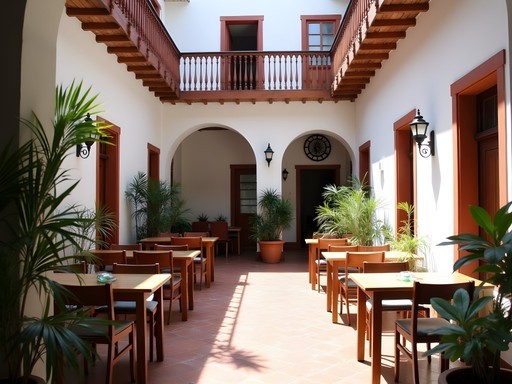
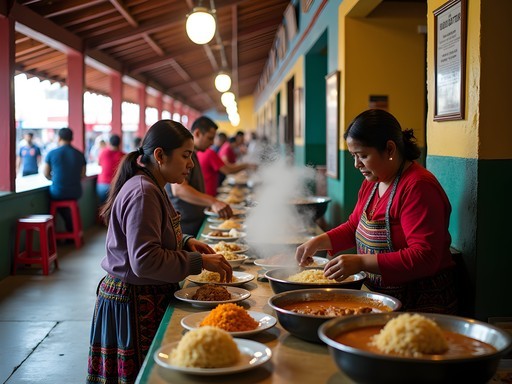
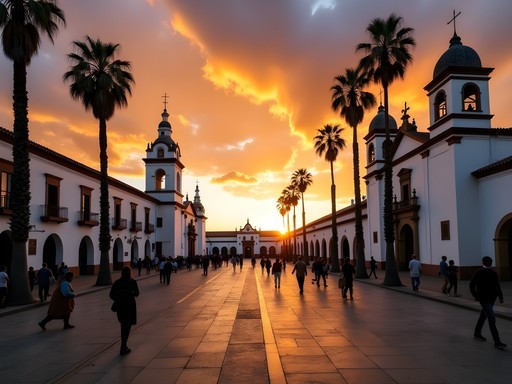
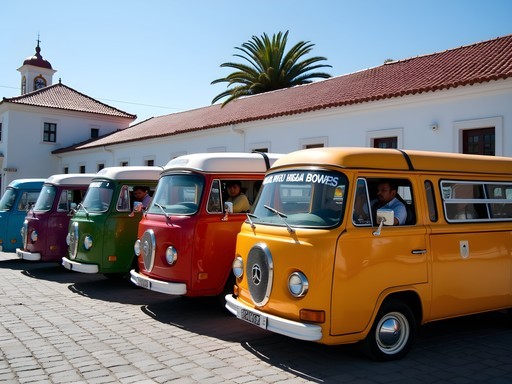
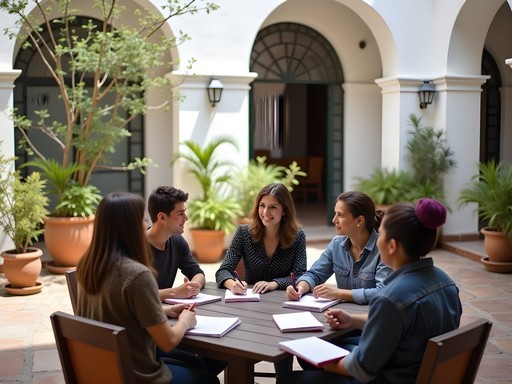


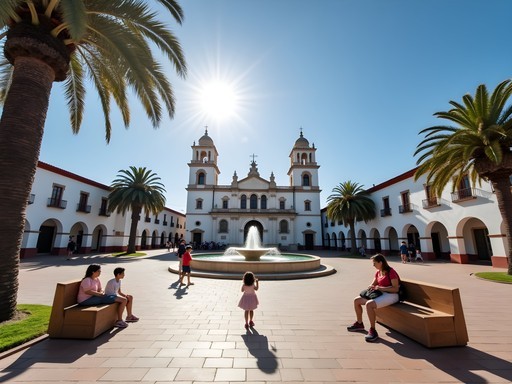
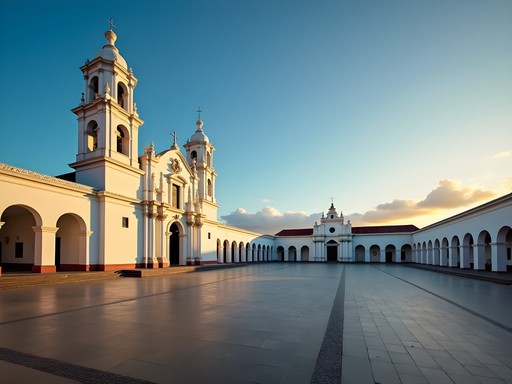
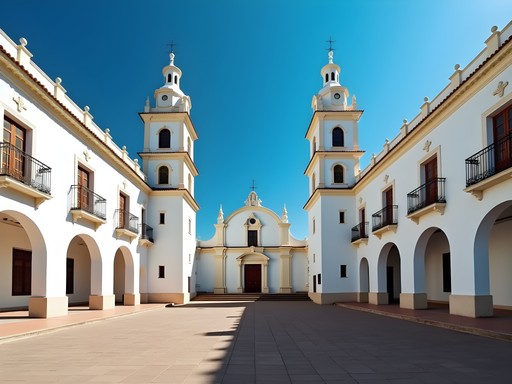
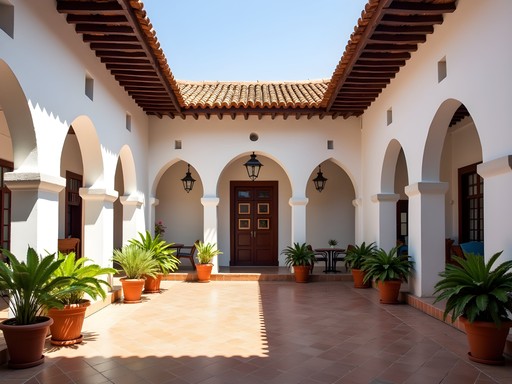
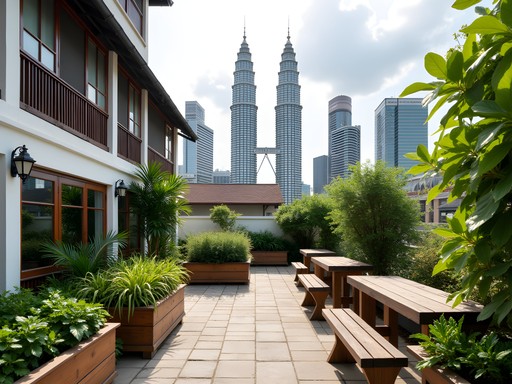
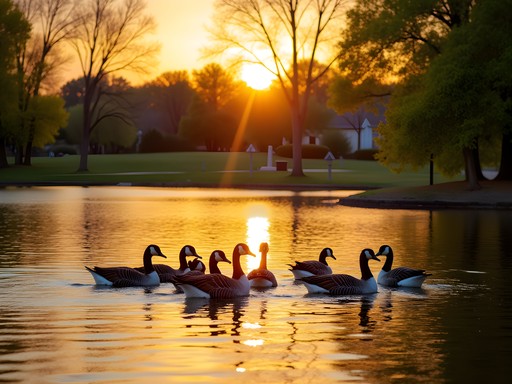
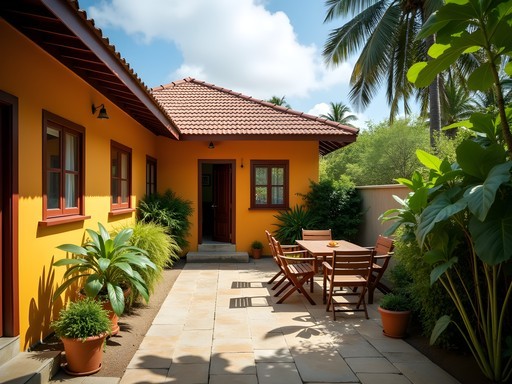
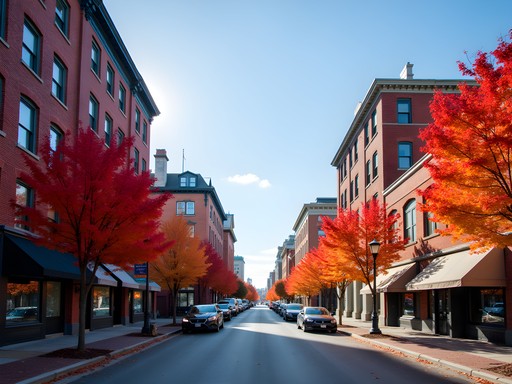
Comments
wanderbackpacker
Just got back from Sucre and followed this guide almost to the letter - it works! Averaged $28/day including everything. The free walking tour was amazing (tip: go with Red Cap Tours, they're the best). One thing to add - if you're a digital nomad, Sucre has surprisingly good wifi at most cafes. I worked from Abis Café near the main square and spent about $2-3 on coffee and snacks for a whole morning of work. Also found an awesome local yoga class for $3 at Casa de la Cultura. Thanks for this guide Nicole, heading to La Paz next!
Casey Andersson
That shot of the white colonial architecture against the blue sky is absolutely stunning! I visited Sucre after a luxury stay in Santa Cruz and was surprised how much I preferred this charming city. While I splurged on Hotel Parador Santa María La Real (worth every penny for that rooftop view!), I found the food costs incredibly reasonable. That salteña stand you mentioned near the central market - life changing! I still dream about them.
wildfan
Pro tip: If you're staying more than a few days, take the local bus to the Sunday market in Tarabuco (about an hour away). It's like $1.50 round trip and you'll see incredible textiles and indigenous culture. Just get to the bus station early because they fill up fast!
smartmood6665
I second this! The Tarabuco market was the highlight of my Bolivia trip. Bring small bills though - vendors don't like breaking large notes.
smartfan
Anyone been to Sucre in the rainy season? Thinking about going in January but worried about weather ruining plans.
wanderbackpacker
I was there last January! It typically rains for a few hours in the afternoon, but mornings are usually clear. Just plan indoor activities (museums, cafes) for afternoons and you'll be fine. Plus, fewer tourists = lower prices!
Riley Griffin
Great budget breakdown, Nicole! We took our kids (8 and 11) to Sucre last summer and while we didn't quite hit the $30/day mark (more like $45/person), it was still incredibly affordable. The dinosaur park was a huge hit with the kids and only cost about $7 per person. One tip for families: many of the budget hostels have family rooms that aren't advertised online. We called Hostal Patrimonio directly and got a private room with four beds for just $35! Also, packing a water filter bottle saved us tons on bottled water and reduced our plastic waste.
citywalker
Love this! Sucre is on my bucket list now!
journeyguy3662
Is it really safe to stay in those $10/night hostels? Planning my first South America trip and trying to figure out what's actually budget vs. what's sketchy.
Casey Andersson
I usually go for more upscale accommodations, but I checked out a couple of the budget hostels in Sucre for research and was pleasantly surprised. Most were clean and secure, especially Hostal CasArte Takubamba. Just read recent reviews before booking!
journeyguy3662
Thanks Casey! That's reassuring. Will definitely check out that hostel.
smartmood6665
This guide is exactly what I needed! I was in Sucre last year and definitely spent way more than $30/day. Wish I'd known about those local markets you mentioned - I kept eating at the touristy spots near Plaza 25 de Mayo. The cemetery tour was amazing though, such a hidden gem. Did anyone try those chocolate workshops at Chocolate Para Ti? A bit over budget but worth the splurge!
wildfan
Yes! The chocolate workshop was amazing. I think it was like $7 when I went in 2021, so still budget-friendly. The best part was taking home what you make!
smartmood6665
Oh wow, that's cheaper than I expected! Adding it to my list for next time.
dreamtime
We did the public transportation too and it was great! Those little minibuses are an adventure themselves lol.
tripperson
Love that shot of Plaza 25 de Mayo! The white buildings are stunning. Did you try any chocolate from the Chocolate Factory? That was my favorite splurge in Sucre!
tripguy
Wait, there's a chocolate factory in Sucre? Adding that to my list immediately!
tripperson
Yep! Para Ti Chocolate. They do tours for like 25 bolivianos and you get samples. Totally worth breaking the $30/day budget for!
Venture X
Premium card with 2X miles, $300 travel credit, Priority Pass